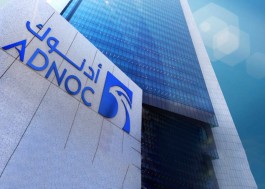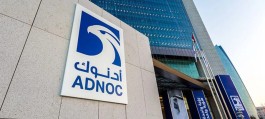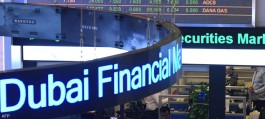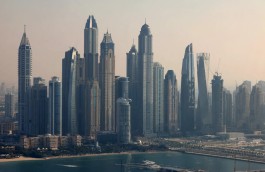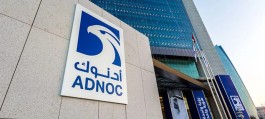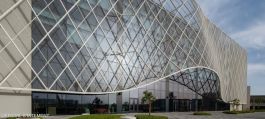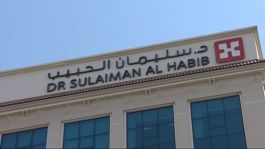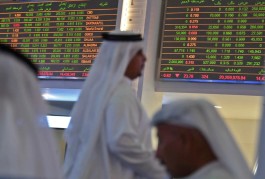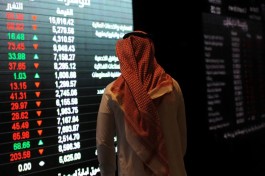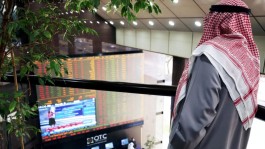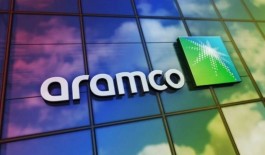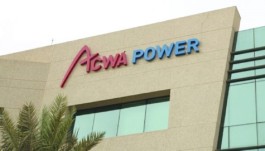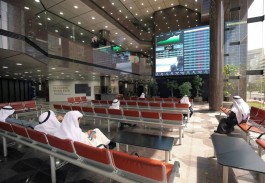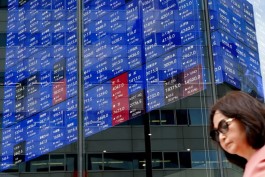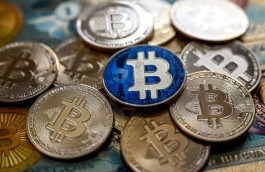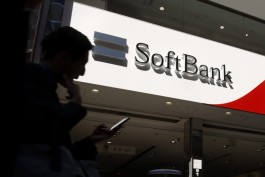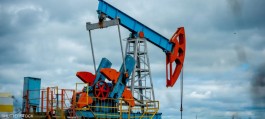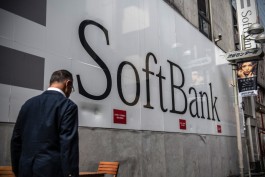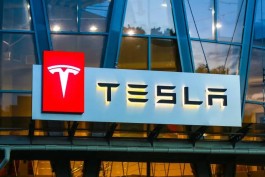Federal Reserve officials are on track to raise interest rates by a quarter of a percentage point next month, but they are hinting at a possible halt to the sharpest monetary tightening campaign in decades.
Policymakers for and against tightening also contend that inflation remains very high, and that the US central bank has more to do to counter it. But there are also fears that the repercussions of the recent bank collapses would lead to a slowdown in the economy.
Many warn that the tightening of lending standards triggered by banking tensions last month could dampen spending and weigh on growth and prices, reducing the need for further rate hikes.
What action officials take after the May 2-3 meeting will depend on what happens to the economy, which has so far withstood rising borrowing costs. The FOMC may give way to either keep borrowing costs unchanged or raise again at its subsequent meeting in mid-June as it assesses the banking landscape.
John Williams, President of the Federal Reserve Bank of New York, who also serves as vice chair of the Federal Open Market Committee, said on Wednesday: It is still too early to gauge the magnitude and duration of these effects, and I will closely monitor the evolution of credit conditions and their potential impact on the economy.
Williams was the only member of the Fed's leadership staff to publicly address monetary policy before the silence period began on Friday's midnight remarks. Powell has been silent since last month, except for brief remarks on financial regulation.
The seat of the Fed's vice chair has been vacant since Lael Bernard left the post to take up a White House post last February.
It is noteworthy that financial institutions have tightened access to credit since last year, when the Federal Reserve rushed to raise borrowing costs in order to curb high inflation. A sharp acceleration in this trend following the collapse of Silicon Valley Bank and Signature Bank could push the economy towards the brink of recession.
US stocks are rising, betting on the imminent end of the rate hike phase
Price stubbornness
But if banking pressures recede and the labor market remains strong; Policymakers may decide that further interest rate increases are needed to contain stubbornly high inflation. This could spark further disagreement among Fed officials over the way forward in this endeavor.
Derek Tang, an economist at LH Meyer / Monetary Policy Analytics in Washington, reckoned that they would likely go in the same direction with one last joint march, in May, without any pause before reaching the peak. The sticking point is the timing of the easing and, more importantly, what they say about it.
Officials await more data worth studying next Friday, with the release of the quarterly labor cost index and the March reading of the Fed's preferred measure of inflation, the personal consumption expenditures price index.
Investors expect the Fed to raise interest rates by 25 basis points next month from the current range of 4.75% to 5%, according to futures pricing. The middle forecast released last month showed policy makers seeing interest rates rise to 5.1% by the end of the year. Forecasts are scheduled to be updated in June.
For James Bullard, president of the St. Louis Fed, who does not vote on monetary policy this year, he is leaning towards more leverage. He has stated that he expects banking problems to be resolved without a severe recession, and favors a hike in interest rates to a range of 5.5% to 5.75%.

